Electro-Motive Division’s F7, the most popular hood unit diesel ever made, is being offered in N scale with a little something extra – Broadway Limited Imports (BLI)’s Rolling Thunder. The subwoofer system turns the sounds generated by the model’s Paragon3 decoder into an earth-shaking experience.
Broadway Limited’s N scale locomotives are accurately modeled, nicely painted, and well engineered, operating smoothly over their full range of speeds. Consisted together, the A and B units exert enough pulling power to haul a 38-car train. And the sound effects, even without the extra rumble of the Rolling Thunder, are realistic and impressive.
The prototype. The 1,500-horsepower F7 was Electro-Motive Division’s (EMD) best-selling cab unit of all time, outselling all other F units combined. From February 1949 to December 1953, EMD built 2,366 F7As and 1,483 F7B boosters. It’s no coincidence that nearly twice as many A units as B were sold; the locomotives were often run in three-unit A-B-A sets.
The F7 had the same horsepower and, indeed, the same 567B engine as its predecessor, the F3. The body dimensions were the same, as well. The main spotting differences between these two locomotives are the side grills, which are made of crisscrossed “chicken wire” on F2s and F3s. On early F7s, these grills had horizontal air slits; in late 1951, EMD started using Farr grills, which had vertical slits. Railfans refer to these detail changes within models as “phases.”
Another spotting difference is the dynamic brake enclosure, just behind the cab, which on an F3 is topped with a pair of rectangular chicken-wire grills. Phase I F7s have 36″ dynamic brake fans, the same size as the radiator fans; Phase II locomotives have 48″ dynamic brake fans. Broadway Limited’s N scale model is a Phase I, with horizontal-slit side grills, 36″ dynamic brake fan, and horizontal body vents.
Inside and out. The one-piece plastic body shell is nicely finished, with smooth, opaque paint and sharp color separation. The fine black stripes separating the orange and maroon sections are straight, unbroken, and perfectly aligned. The lettering on the Milwaukee Road herald is likewise crisp, opaque, and legible.
The separately applied wire handrails are close to scale thickness. There are pivoting diaphragms on the end doors that almost touch when the couplers are under tension, and do touch when the units are pushed together.
The body dimensions on both A and B units matched those on drawings published in the April 2000 issue of Model Railroader. Detail placement matched photos published in that article and in other reference works. The blackened metal wheelsets were all in gauge, and the Micro-Trains Magne-Matic couplers were mounted at the correct height.
I was able to remove the friction-fit plastic shell by lifting the back up and off the frame, then turning the shell to thread the front coupler through the opening in the pilot. The die-cast metal frame entirely encloses the motor and flywheels. The dual-mode decoder sits on top, with wires leading to the array of surface-mount light-emitting diodes on the front and the sugar-cube speaker enclosure in the back. Taped atop a strip of insulating foam on top of the decoder is a wire that serves as the antenna for the Rolling Thunder system.
On the test track. The engine’s Paragon3 decoder is dual-mode, meaning it will function under Digital Command Control or direct current. The decoder draws a lot of current. When operated with a DC power pack, sounds started at 9.5V, but the locomotive didn’t start rolling until 11.5V. We normally test locomotives up to a maximum of 12V DC, but to get top speed out of this one, I cranked the power pack up to 14V. At that voltage the engine reached 65 scale mph, appropriate for the prototype.
On a DC power pack, the only sound effects are the diesel engine, which ramps up and down in RPM according to the engine’s speed, and a brake squeal, which sounds automatically when the throttle is quickly decreased. To access more sounds, I hooked up a BLI DC Master control box between the throttle and the test track. This control box has buttons to trigger the bell, horn, compressor, and dynamic brake sounds, as well as to control the sound effects volume and program Configuration Variables (CV) without DCC. This let me try a potential fix for the short DC speed curve issue.
The Paragon3 decoder includes a CV that governs the analog starting voltage. However, under DC control, the model won’t move until the sounds kick in. Lowering CV 131, or Analog Sound Unit Startup, to a value of 0 let sound effects start at a slightly lower voltage. Pairing that with a CV 252 setting of 100 gave me an engine startup sound sequence at 9V and a slow and steady speed of 7.8 scale mph at 10.25V. This helped stretch out the locomotive’s DC speed curve a bit.
I had more control of speed and sound under DCC. The F7 accelerated smoothly from 4.5 scale mph at speed step 1 to 112 scale mph at step 28 – nearly twice the prototype’s rated top speed of 65 mph. The top speed is easily lowered by programming the decoder’s top voltage using CV 5. I enjoyed revving the prime mover sounds up and down with function keys F5 and F6.
The decoder also has a DCC Easy Consist function that lets you build an advanced consist by programming two CVs. I programmed CV 230 to 1 for the lead unit and 2 for the booster, then programmed the consist address (CV 19) to 10. Both locomotives then responded to address 10, but only the lead unit played horn and bell sounds. While consisted, though, neither would respond any longer to their individual addresses until I reprogrammed their CV19s to 0.
The thunder rolls. The locomotive’s Paragon3 sound decoder is equipped with one feature you won’t find in other decoders: Rolling Thunder. This system broadcasts sound signals on a low-range radio frequency to a receiver attached to a subwoofer (sold separately). The subwoofer plays low-frequency sounds not reproduced well by tiny in-locomotive speakers, turning diesel engine sounds into a floor-shaking rumble.
There’s no programming or special wiring involved with Rolling Thunder. The system comes with a subwoofer and a receiver that plugs into it. Whenever a Rolling Thunder-equipped locomotive comes into range (about 15 feet, enough to cover most room-sized layouts), the receiver picks up its signals and plays the low frequencies through the subwoofer. The receiver can only play the sounds of one locomotive at a time, usually the one closest to the receiver.
The Rolling Thunder unit I used was Broadway Limited’s N scale version, sold separately for $199.99. Although it’s designated “N scale”; the product works with any scale of Rolling Thunder-equipped engine. The term merely indicates that the subwoofer is physically smaller (an approximately 8″ cube) than the original version we reviewed in the March 2016 issue.
The sound was by no means small, though. I placed the subwoofer on the floor under the workbench next to the one I was using to test the locomotive. As it rumbled to life, I could feel the bench and floor vibrate. The deep, rich blast of the horn made me feel I was truly at trackside. I was worried my colleagues in the offices downstairs were going to complain.
A ubiquitous engine. Practically every railroad in North America ran Electro-Motive Division’s cab units during the steam-to-diesel transition era. Many of these doughty locomotives are still at work today on museum and excursion lines. At least one set probably belongs on every N scale transition-era layout. The inclusion of Rolling Thunder in BLI’s version makes sure that addition will be heard loud and clear.
Manufacturer
Broadway Limited Imports
9 East Tower Circle
Ormond Beach, FL 32174
www.broadway-limited.com
Era: November 1948 to early 1970s
Road names: Milwaukee Road; Atchison, Topeka & Santa Fe (passenger Warbonnet); Baltimore & Ohio; Denver & Rio Grande Western (5-stripe scheme); New York Central (lightning stripe scheme); Northern Pacific (Loewy scheme); Pennsylvania RR (Dark Green Locomotive Enamel single-stripe freight scheme with train-phone system antenna); and Southern Pacific (Bloody Nose scheme). Available unpainted (separate A or B only).
Features
Blackened metal wheelsets, in gauge, with all-wheel electrical pickup
Flywheel-equipped can motor
Golden-white light-emitting diode lighting
Micro-Trains Magne-Matic knuckle couplers at correct height
Minimum radius: 93⁄4″
Paragon3 dual-mode sound decoder with Rolling Thunder
Separately applied wire handrails and grab irons
Weight: 2.8 ounces (single unit)





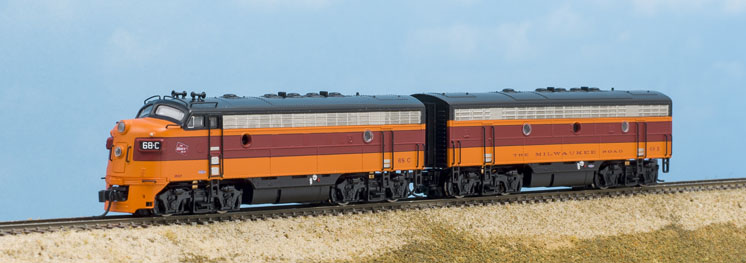
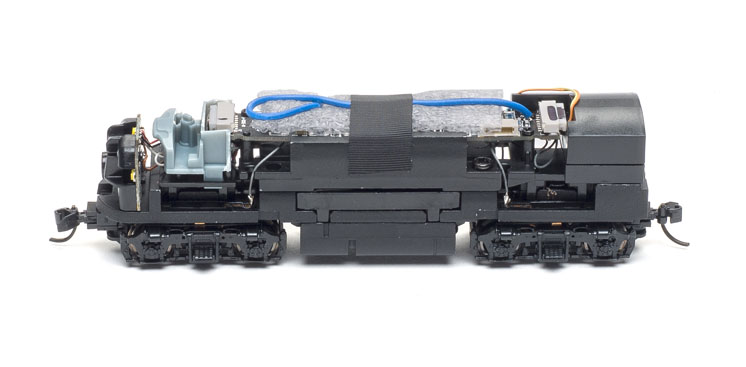
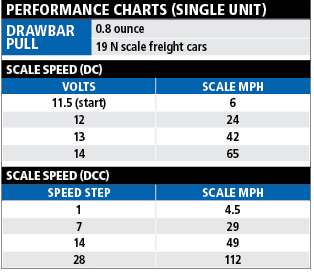

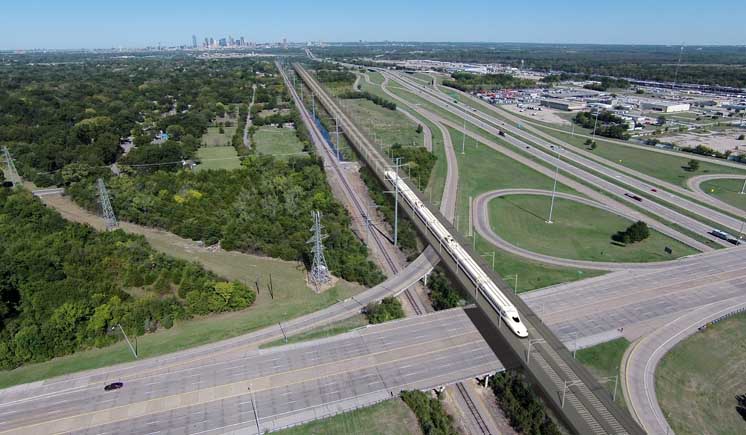
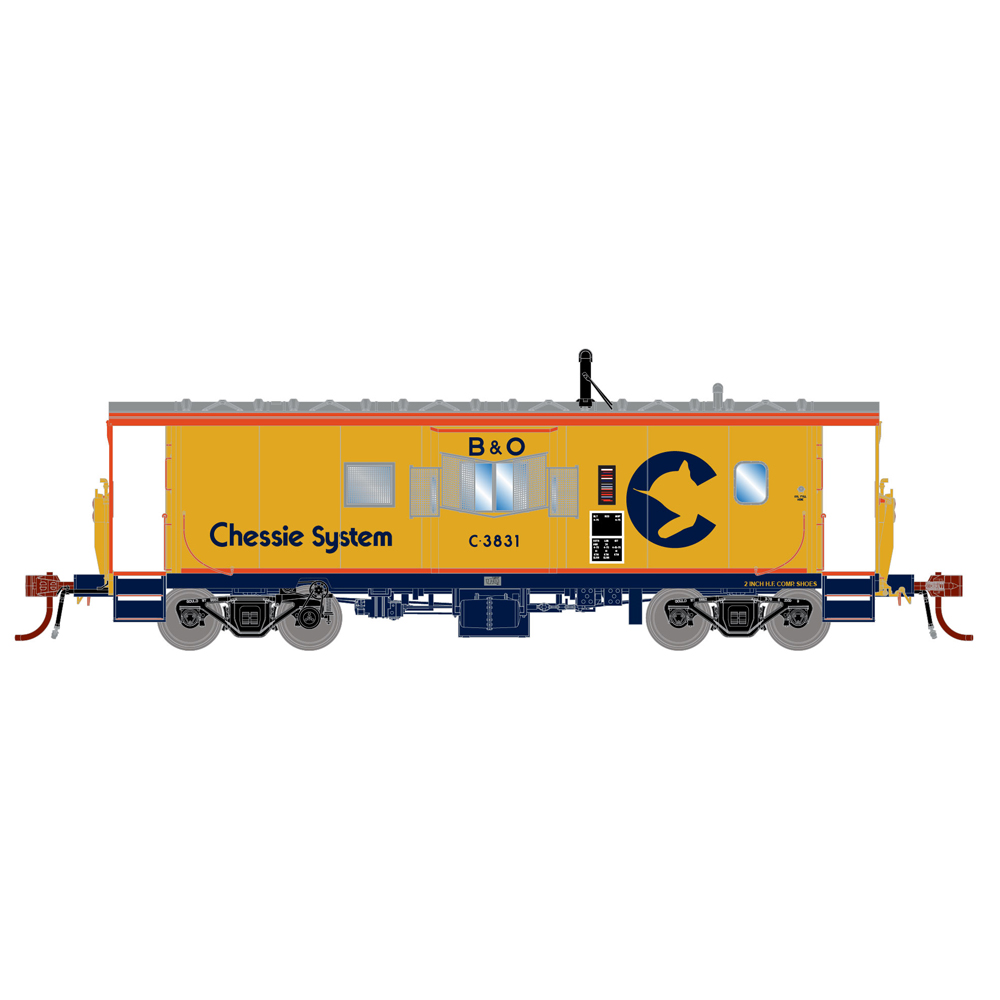
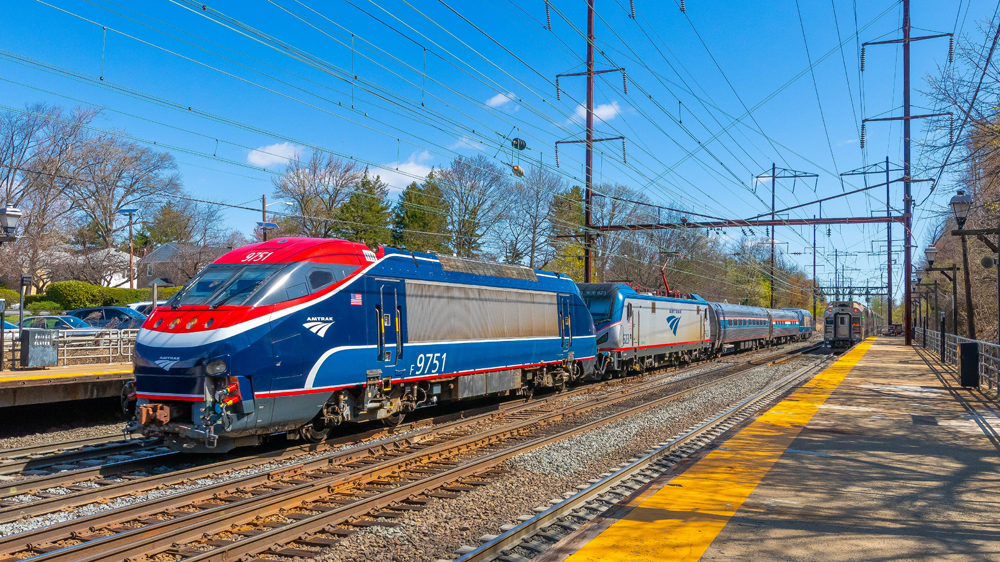
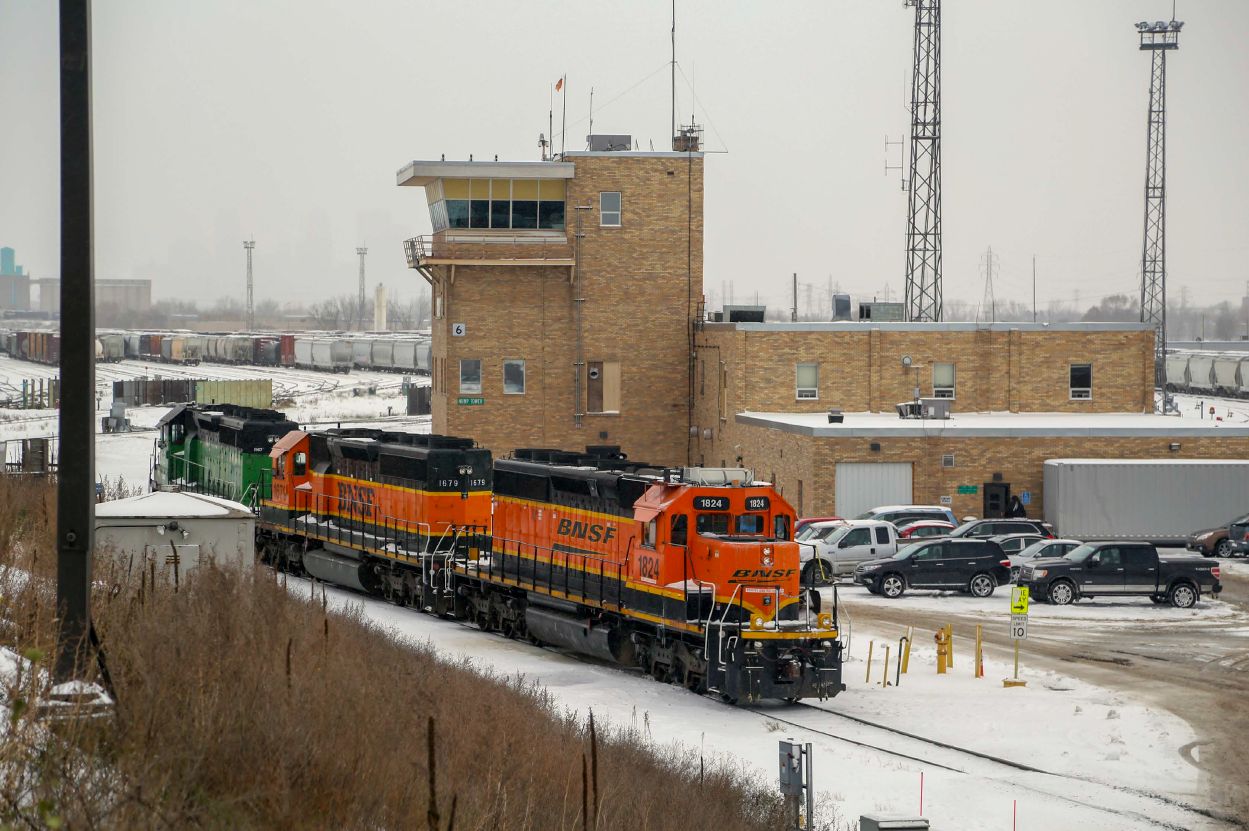




Well, I do like the Paragon 3 decoder very much, even without the “Rolling Thunder” feature (which is not for me and my layout), but find the pulling power of these units anemic. 38 cars? Not on my layout… Also, the review notes a 65mph top speed for these. That may be true for freight use, but it was the gearing that determined top speed. On the Santa Fe, the F7’s in transcon pool service were geared for 100mph…